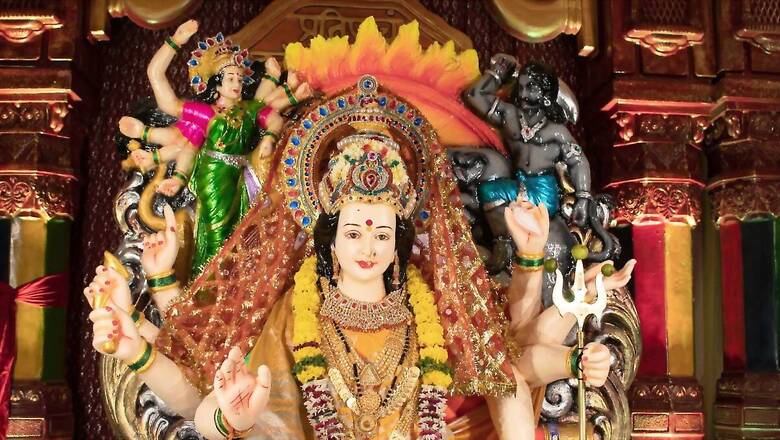
views
Navratri, one of the most important festivals, is celebrated with great devotion across India. Shardiya Navratri, the most prominent of all Navratris, is also known as Maha Navratri due to its immense significance. In 2024, Shardiya Navratri takes place in the lunar month of Ashwin during the autumn season (Sharad Ritu). The festival lasts nine days, each dedicated to a different form of Goddess Durga. It culminates on the tenth day with Dussehra (Vijayadashami), symbolising the victory of good over evil. The 2024 Shardiya Navratri will begin on October 3 and end on October 12.
During this time, devotees engage in fasting, worship and other sacred rituals to honour the Goddess. Ghatasthapana marks the beginning of Navratri and is considered a very sacred ritual. It involves invoking Goddess Shakti in a Kalash (sacred pot) and setting the tone for the nine days of festivity.
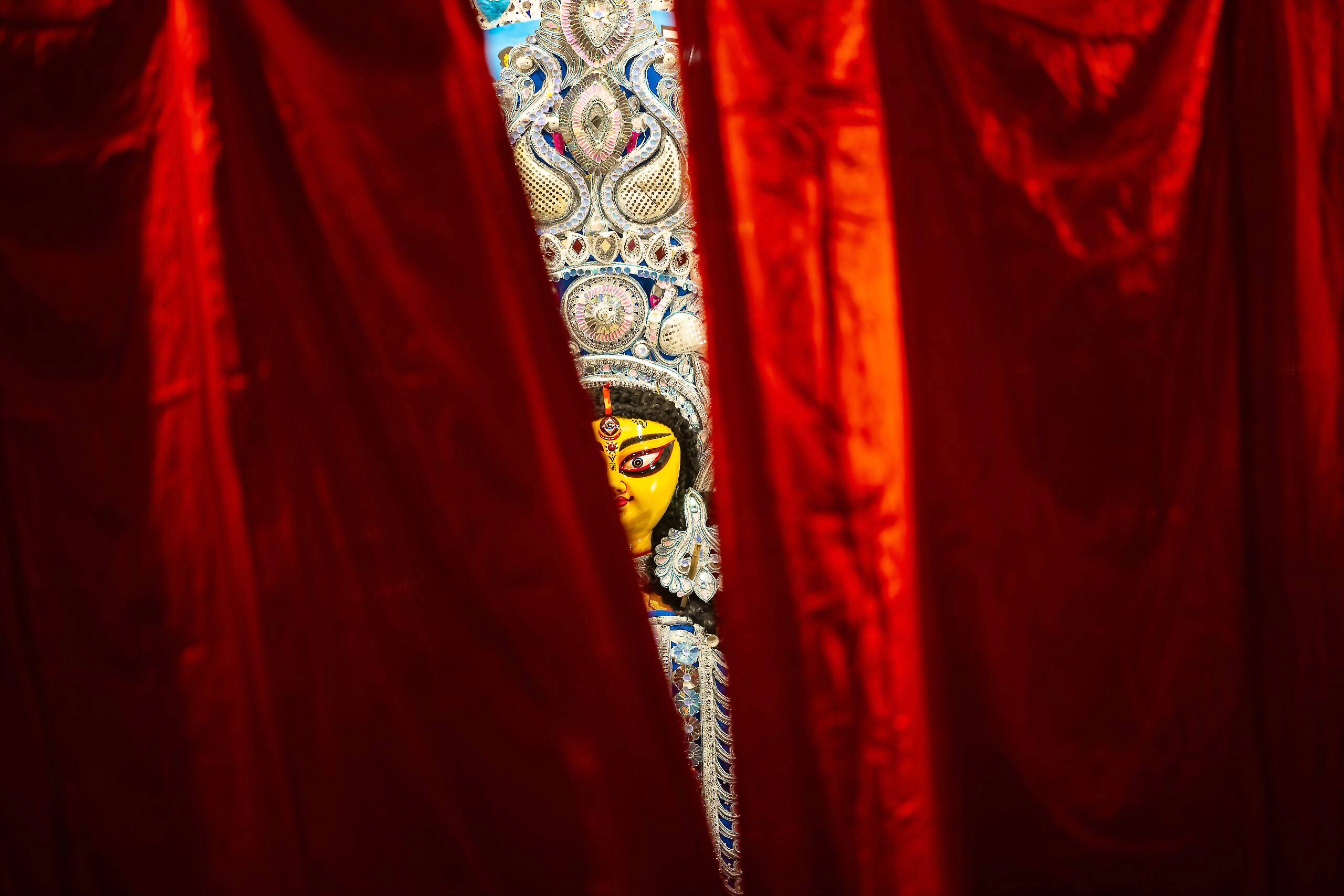
Ghatasthapana Muhurat on October 3 is from 06:30 AM to 07:31 AM and Abhijit Muhurat will occur from 12:03 PM to 12:51 PM. Start the puja by meditating and invoking Goddess Durga. Chant the specific mantra while facing the Durga idol and performing the Avahan Mudra.
Here is a detailed guide on this Navratri’s dates, rituals and important practices.
When Is Navratri 2024? Start and End Dates
The 2024 Shardiya Navratri will begin on October 3rd, 2024 and end on October 12th, 2024, culminating in Vijayadashami.
October 3 will be the Ghatasthapana, Shailputri Puja Day while October 12 will be the Navratri Parana, Durga Visarjan and Vijayadashami Day.
- Start Date: October 3rd, 2024 (Thursday)
- End Date: October 12th, 2024 (Saturday)
Ghatsthapana Timings and Significance in Navratri 2024
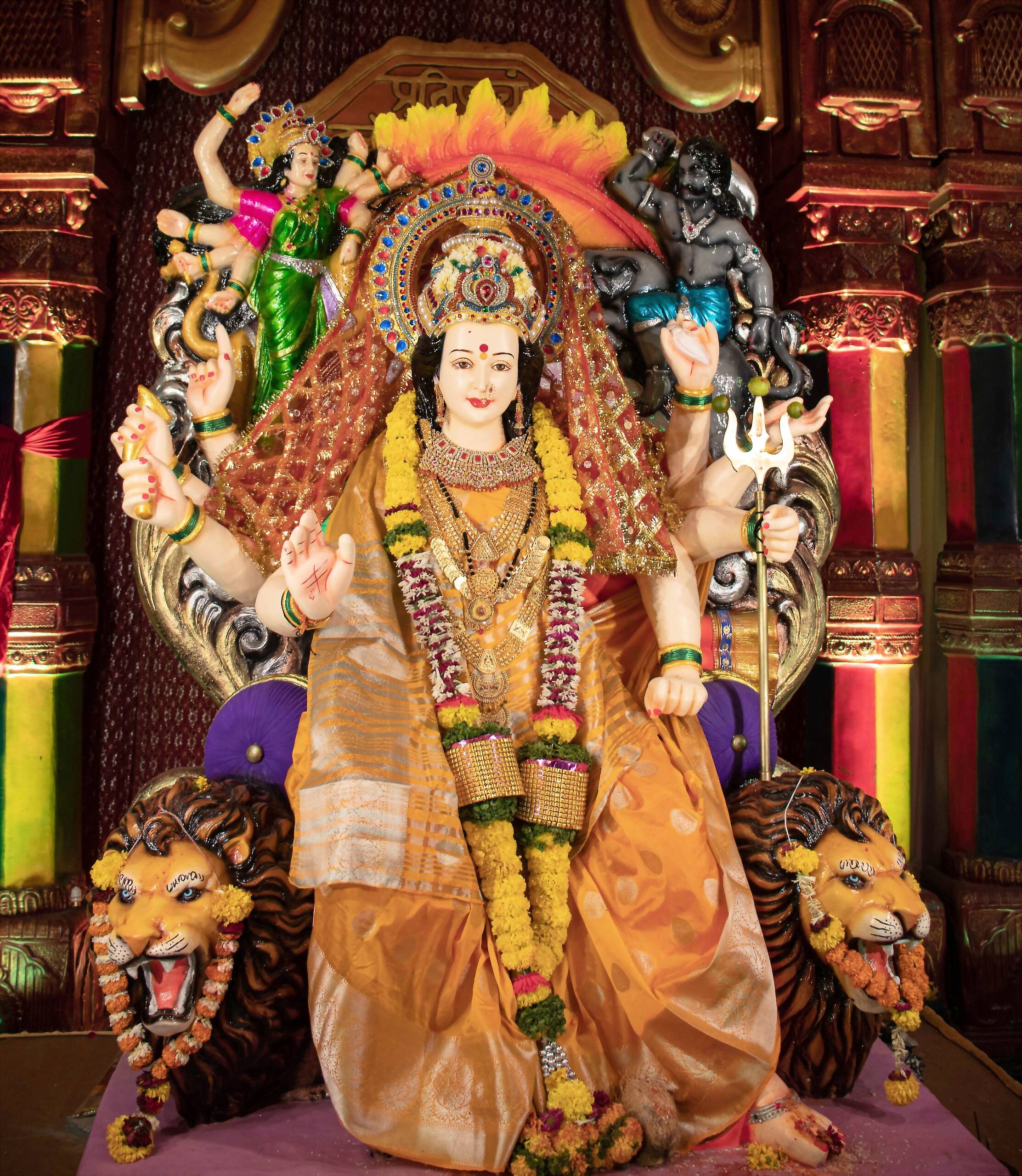
Ghatasthapana marks the beginning of Navratri and is considered a very sacred ritual. It involves invoking Goddess Shakti in a Kalash (sacred pot) and setting the tone for the nine days of festivity.
Ghatasthapana Muhurat: Morning: 06:30 AM to 07:31 AM, Abhijit Muhurat: 12:03 PM to 12:51 PM
Navratri Puja Vidhi: Step-by-Step Guide
Kalash Preparation
Sow grains in a wide clay pot by alternating layers of soil and seeds.
Fill the Kalash with water and add betel nuts, perfume, coins, durva grass and five Ashoka leaves. Wrap an unpeeled coconut in red cloth and place it atop the Kalash.
Invoke Goddess Durga
After preparing the Kalash, invoke Goddess Durga, requesting her to reside in it for the nine days of Navratri.
Panchopachara Puja
Offer a lamp, incense, flowers and fruits to the Kalash to complete the ritual.
Navratri Puja Samagri: Essentials for the Festival
- Wide and open Clay Pot to sow Sapta Dhanya
- Clean Soil to sow Sapta Dhanya
- Sapta Dhanya or seeds of seven different grains
- Small clay or brass Pitcher
- Sacred water to fill the Kalash or Ganga Jal
- Sacred thread / Moli / Kalaya
- Scent (perfume)
- Supari (betel nuts)
- Coins to put into the Kalash
- 5 leaves of Ashoka or Mango tree
- A Lid to cover the Kalash
- Raw Rice or unbroken rice known as Akshat (अक्षत) to put in the lid
- Unpeeled Coconut
- Red Cloth to warp coconut
- Flowers and Garland preferably marigold
- Durva grass
Day-Wise 9 Forms of Goddess Durga in Navratri 2024
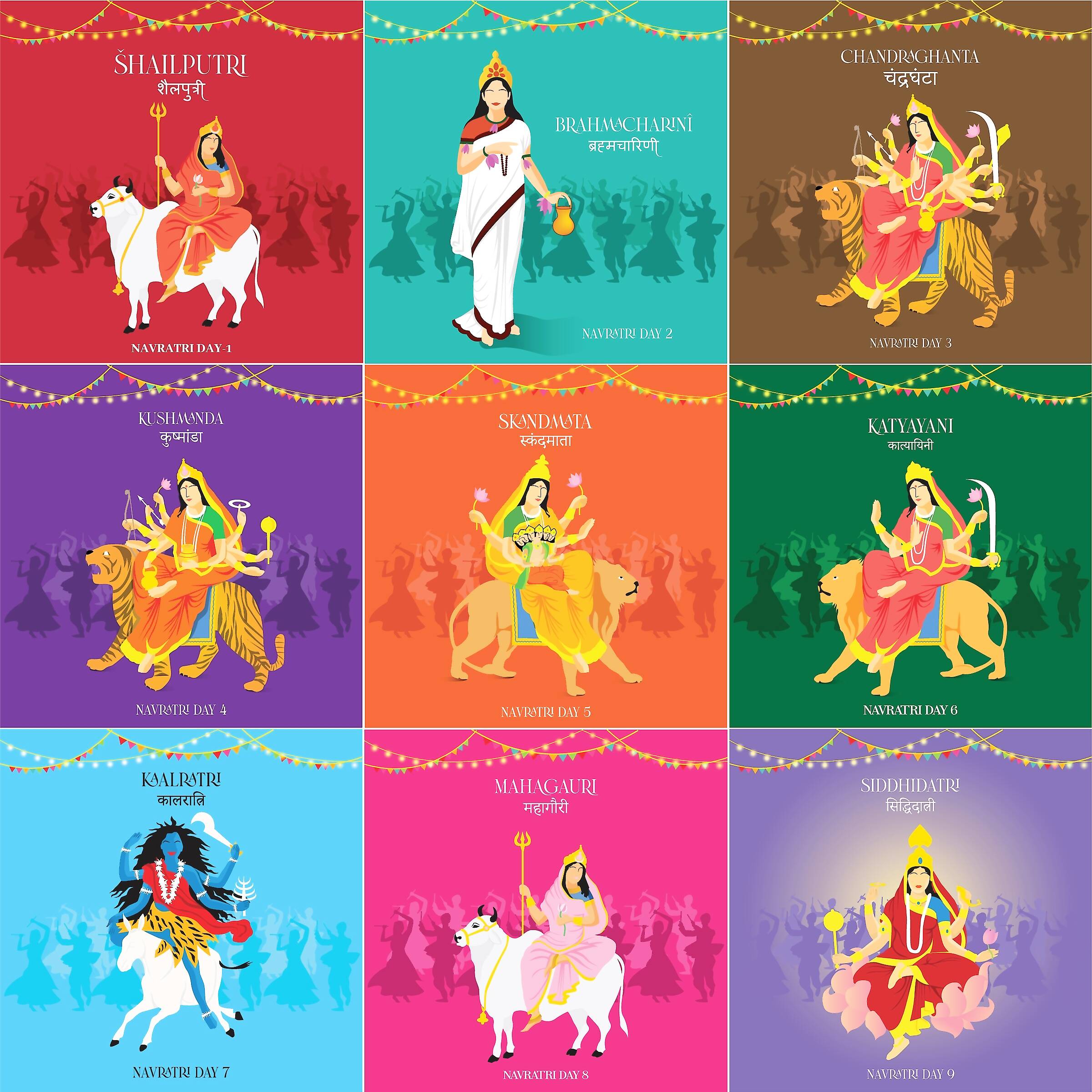
Day 1 – October 3 – Devi Shailputri
After the self-immolation as Sati, Parvati was reborn as the daughter of the Himalayas. In Sanskrit, ‘Shail’ means mountain, giving her the name Shailputri, which means “daughter of the mountain.”
Favourite Flower: Jasmine
Prarthana:
Vande Vanchhitalabhaya Chandrardhakritashekharam।
Vrisharudham Shuladharam Shailaputrim Yashasvinim॥
Day 2 – October 4 – Devi Brahmacharini
After the form of Kushmanda, Goddess Parvati was reborn in the home of Daksha Prajapati. This manifestation, marked by deep devotion and asceticism, is worshipped as Brahmacharini, representing her unmarried and austere state.
Favourite Flower: Jasmine
Prarthana:
Dadhana Kara Padmabhyamakshamala Kamandalu।
Devi Prasidatu Mayi Brahmacharinyanuttama॥
Day 3 – October 5 – Devi Chandraghanta
After marrying Lord Shiva, Mahagauri began to wear a half-moon on her forehead. This appearance earned her the name Chandraghanta, symbolising her as the married form of Goddess Parvati.
Favourite Flower: Jasmine
Prarthana:
Pindaja Pravararudha Chandakopastrakairyuta।
Prasadam Tanute Mahyam Chandraghanteti Vishruta॥
Day 4 – October 6 – Devi Kushmanda
After taking the form of Siddhidatri, the Goddess took up residence in the Sun’s core, enabling it to radiate energy throughout the cosmos. From that moment, she was called Kushmanda, as she had the unique ability to dwell inside the Sun. Her brilliance is said to match the intensity of the Sun’s rays.
Favourite Flower: Red Colour Flowers
Prarthana:
Surasampurna Kalasham Rudhiraplutameva Cha।
Dadhana Hastapadmabhyam Kushmanda Shubhadastu Me॥
Day 5 – October 7 – Devi Skandamata
When Goddess Parvati gave birth to Lord Skanda, also known as Kartikeya, she was called Skandamata, meaning the mother of Skanda.
Favourite Flower: Red Colour Flowers
Prarthana:
Simhasanagata Nityam Padmanchita Karadvaya।
Shubhadastu Sada Devi Skandamata Yashasvini॥
Day 6 – October 8 – Devi Katyayani
To defeat the demon Mahishasura, Goddess Parvati transformed into the fierce warrior form known as Katyayani. This is considered one of her most aggressive forms.
Favourite Flower: Red Colour Flowers Especially Rose
Prarthana:
Chandrahasojjvalakara Shardulavaravahana।
Katyayani Shubham Dadyad Devi Danavaghatini॥
Day 7 – October 9 – Devi Kalaratri
When Goddess Parvati shed her golden skin to destroy the demons Shumbha and Nishumbha, she assumed the terrifying form of Kalaratri. This is her most fierce and fearsome incarnation.
Favourite Flower: Night Blooming Jasmine
Prarthana:
Ekaveni Japakarnapura Nagna Kharasthita।
Lamboshthi Karnikakarni Tailabhyakta Sharirini॥
Vamapadollasalloha Latakantakabhushana।
Vardhana Murdhadhwaja Krishna Kalaratrirbhayankari॥
Day 8 – October 10 – Devi Mahagauri
According to Hindu legends, Shailputri, at the age of sixteen, was graced with extraordinary beauty and a fair complexion. Her extreme fairness led to her being known as Mahagauri.
Favourite Flower: Night Blooming Jasmine
Prarthana:
Shwete Vrishesamarudha Shwetambaradhara Shuchih।
Mahagauri Shubham Dadyanmahadeva Pramodada॥
Day 9 – October 11 – Devi Siddhidatri
At the dawn of creation, Lord Rudra worshipped Adi-Parashakti for the universe’s formation. Adi-Parashakti, who had no defined form, manifested as Siddhidatri from the left side of Lord Shiva, representing the supreme Goddess of Power.
Favourite Flower: Jasmine
Prarthana:
Vande Vanchhitalabhaya Chandrardhakritashekharam।
Vrisharudham Shuladharam Shailaputrim Yashasvinim॥
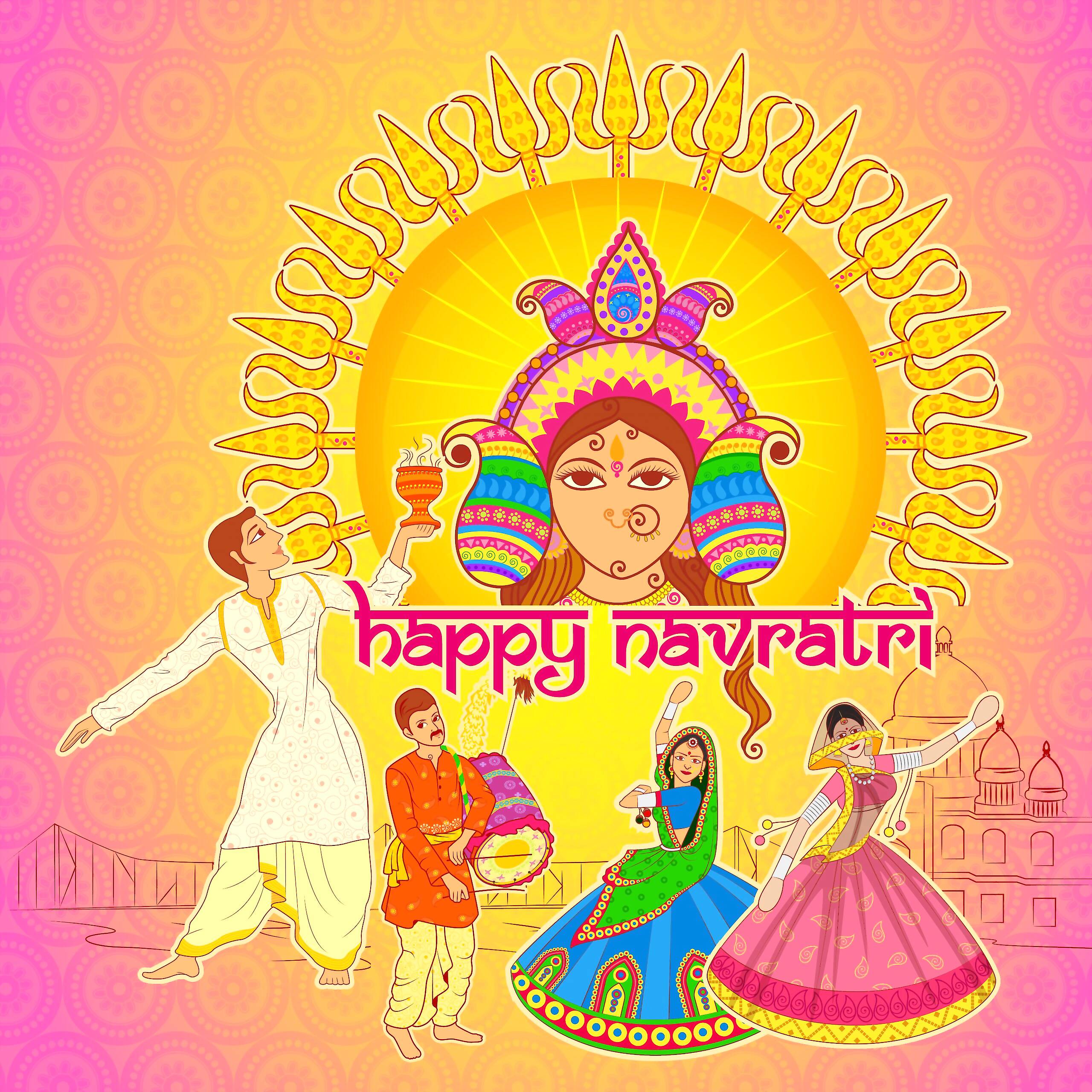
Navratri 2024: Date-wise Colours of the Day and Their Meanings
Day 1 – October 3, 2024 (Thursday) Colour: Yellow
Wearing yellow on the first day of Navratri brings a sense of optimism and joy. It’s a warm, cheerful colour that keeps you in good spirits throughout the day.
Day 2 – October 4, 2024 (Friday) Colour: Green
Green represents nature, growth, and peace. Wearing green on Friday can help you feel calm and connected to new beginnings, inviting tranquility into your life.
Day 3 – October 5, 2024 (Saturday) Colour: Grey
Grey symbolises balance and a grounded attitude. It’s a subtle, elegant choice for those who want to celebrate Navratri in a calm and composed way.
Day 4 – October 6, 2024 (Sunday) Colour: Orange
Wearing orange on Sunday brings warmth and enthusiasm. This vibrant colour is full of positive energy, keeping you upbeat and lively throughout the day.
Day 5 – October 7, 2024 (Monday) Colour: White
White stands for purity and peace. Wearing white on Monday helps you feel calm and invites the blessings of the Goddess, offering a sense of security.
Day 6 – October 8, 2024 (Tuesday) Colour: Red
Red is the colour of passion and vitality. Wearing red on Tuesday fills you with energy and is also a popular colour for offerings to the Goddess.
Day 7 – October 9, 2024 (Wednesday) Colour: Royal Blue
Royal blue symbolises richness and tranquillity. Wearing this colour on Wednesday adds a touch of elegance and style to your celebrations.
Day 8 – October 10, 2024 (Thursday) Colour: Pink
Pink is associated with love, affection, and harmony. Wearing pink on this day makes you approachable and brings a charming, warm vibe to your personality.
Day 9 – October 11, 2024 (Friday) Colour: Purple
Purple represents luxury and nobility. Wearing purple on the last day of Navratri brings a sense of grandeur and helps you receive the Goddess’s blessings for prosperity and richness.
Navratri 2024 Fasting Rules and Tips
Navratri fasting holds immense spiritual significance, and certain rules must be followed to maintain the sanctity of the fast.
Fasting Guidelines
1. Devotees are advised to eat only Satvik food such as fruits, dry fruits, and grains like sago and water chestnut flour.
2. Onion, garlic, and non-vegetarian food are strictly prohibited.
3. Devotees should also avoid negative emotions and maintain a peaceful mindset.
What to do if the fast is broken?
If a devotee accidentally breaks the fast, they should visit the temple, recite the Kshama Prarthana Stotra 11 times and offer charity to Brahmins as an act of penance.
Other Dos and Don’ts
- Avoid physical companionship and haircuts during Navratri.
- On the final day, conduct Kanya Puja by feeding little girls.
- Practice self-restraint, humility and charity throughout the nine days.
Goddess Durga’s Savari for Navratri 2024
According to an astrologer from Ayodhya, Pandit Kalki Ram— Goddess Durga will be arriving on a palanquin for this year’s Shardiya Navratri. Speaking to Local 18 Uttar Pradesh, he explained that in the Devi Purana, the palanquin is considered to be highly auspicious for her arrival.
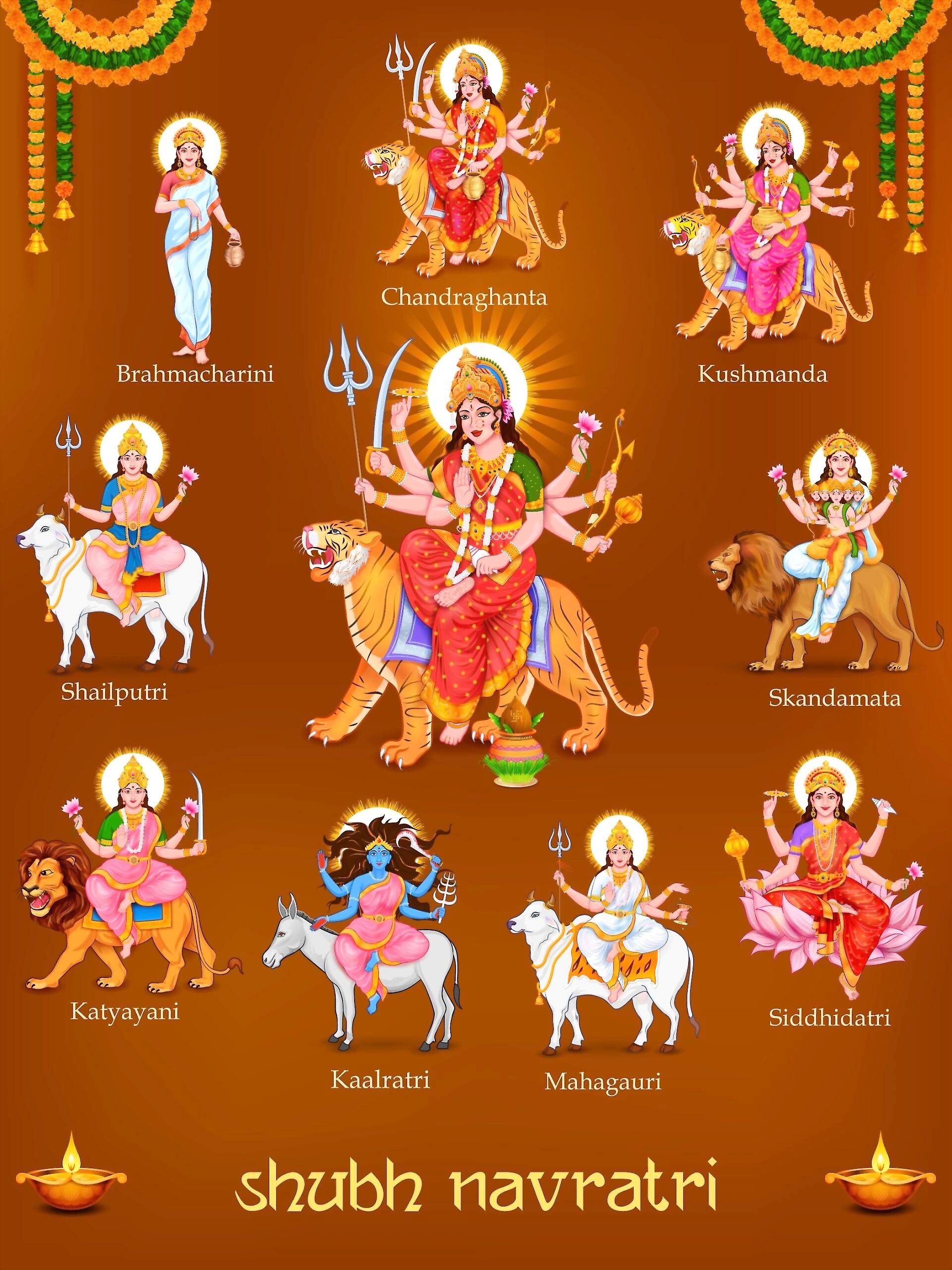
Pandit Kalki Ram further shared that the Goddess’s savari keeps changing each year based on the day Navratri begins. For instance, if Navratri commences on a Monday or Sunday, she rides an elephant. If it starts on a Tuesday or Saturday, her arrival is on a horse. For Friday or Thursday, she uses a palanquin, while on Wednesday, Maa Durga arrives on a boat.



















Comments
0 comment